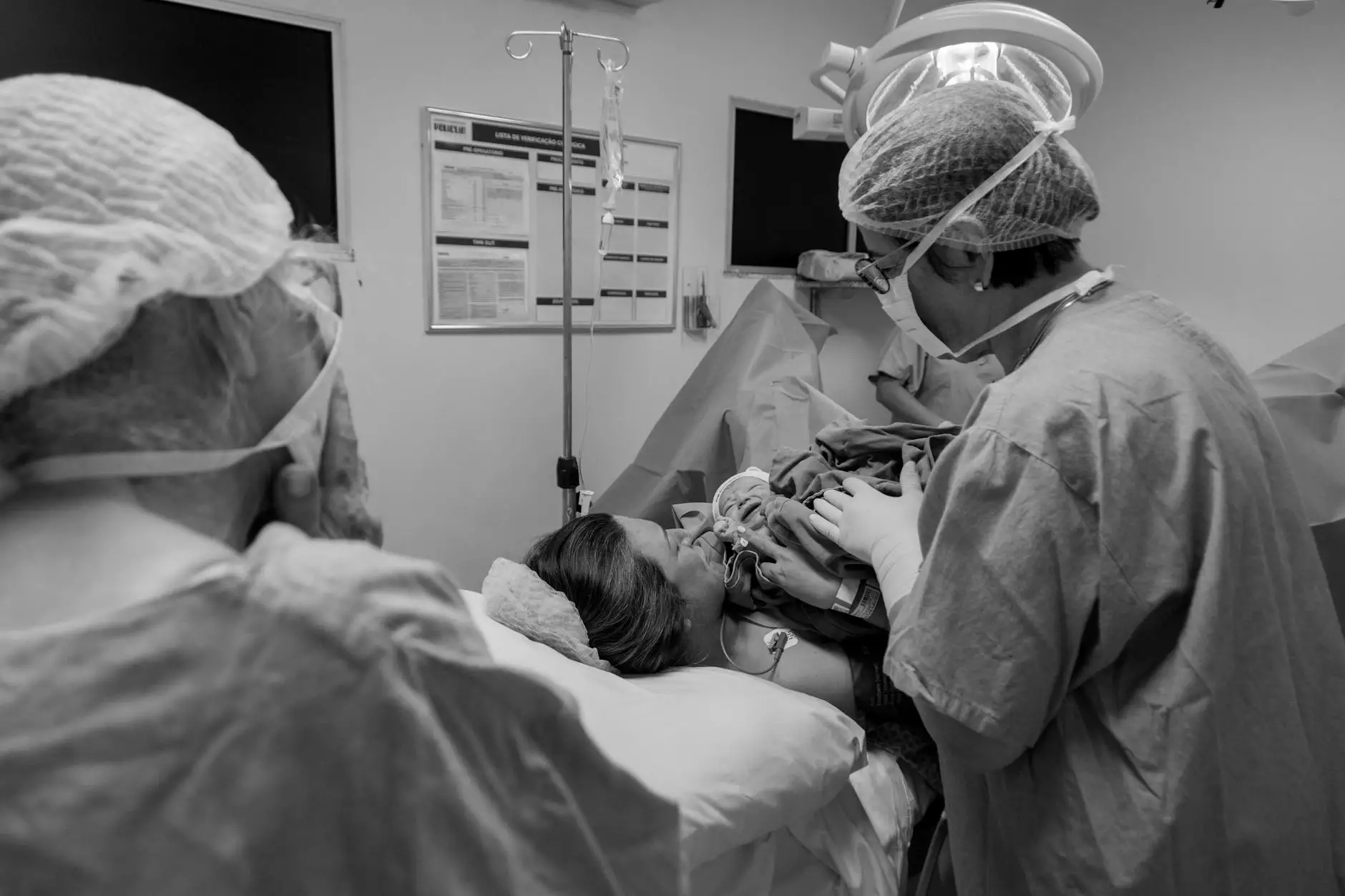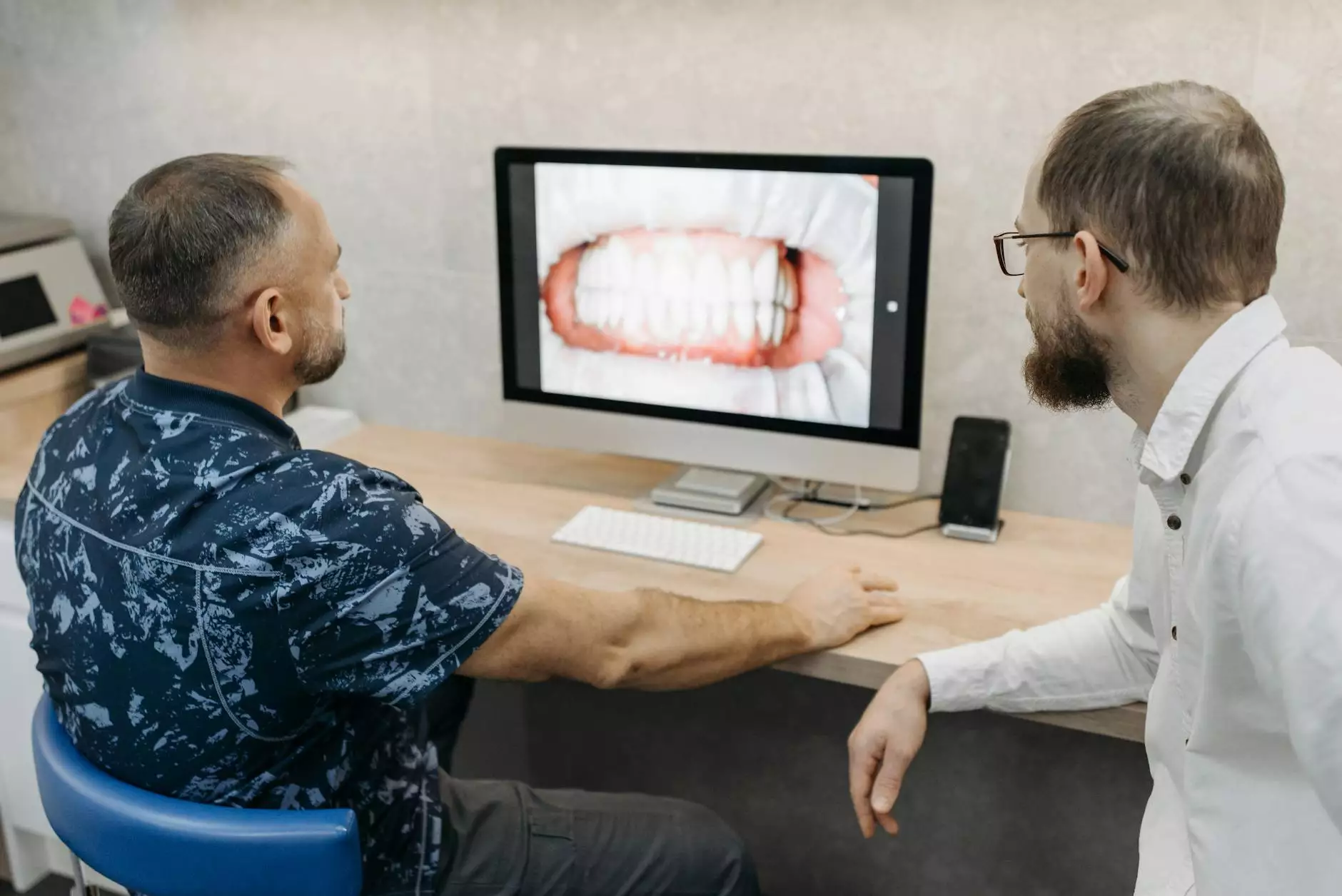Laparoscopic Bilateral Oophorectomy: A Comprehensive Guide

The field of medicine has witnessed remarkable advancements over the years, and one area that has notably improved is gynecological surgery. Among the various surgical options available, laparoscopic bilateral oophorectomy stands out for its minimal invasiveness and effectiveness. In this article, we delve deep into this procedure, its indications, benefits, and what patients can expect before, during, and after surgery.
What is Laparoscopic Bilateral Oophorectomy?
A laparoscopic bilateral oophorectomy refers to the surgical removal of both ovaries using laparoscopic techniques. The laparoscopic method involves making small incisions in the abdomen through which specialized instruments and a camera (laparoscope) are inserted. This approach offers several advantages over traditional open surgery, including reduced recovery time and less post-operative pain.
Indications for Laparoscopic Bilateral Oophorectomy
Laparoscopic bilateral oophorectomy may be indicated for several reasons, including:
- Ovarian Masses: Large cysts or tumors that could potentially be malignant.
- Endometriosis: A condition where tissue similar to the uterine lining grows outside the uterus, often affecting the ovaries.
- Ovarian Cancer: For women diagnosed with ovarian cancer, removing the ovaries can be a critical part of treatment.
- Genetic Predisposition: Women with BRCA1 or BRCA2 gene mutations may opt for oophorectomy to reduce their risk of developing breast or ovarian cancer.
Benefits of Laparoscopic Bilateral Oophorectomy
The benefits of undergoing a laparoscopic bilateral oophorectomy are numerous and significant:
- Minimally Invasive: The procedure requires only small incisions, typically less than an inch long, which results in less trauma to the body.
- Reduced Pain: Most patients experience less pain compared to traditional techniques, facilitating quicker recovery.
- Shorter Hospital Stay: Many women are able to go home the same day or after a short overnight stay.
- Faster Recovery: Most patients can return to their normal activities much sooner, often within a week or two.
The Procedure: What to Expect
Patients often have many questions regarding what happens during a laparoscopic bilateral oophorectomy. Here’s a concise overview of the process:
Pre-Operative Preparation
Before the surgery, thorough evaluations including physical examinations, imaging tests, and blood tests will be performed. Patients will also meet with their healthcare provider to discuss the procedure, anesthetics, and pre-operative instructions.
Anesthesia
The procedure is usually performed under general anesthesia, meaning that patients will be asleep throughout the operation, ensuring comfort and pain management.
The Surgical Process
The actual surgery typically follows these steps:
- Small incisions are made in the abdomen.
- A laparoscope is inserted through one of the incisions, providing the surgeon with a clear view of the ovaries.
- Specialized instruments are used to detach and remove the ovaries.
- The incisions are closed using sutures or surgical glue.
Post-Operative Care and Recovery
After a laparoscopic bilateral oophorectomy, patients are transferred to recovery where they are monitored as they wake from anesthesia. Recovery time varies based on individual health factors, but here are some general expectations:
Initial Recovery
Patients may experience:
- Discomfort: Some pain at the incision sites is normal but manageable with prescribed medications.
- Fatigue: It’s common to feel tired; rest is crucial during the initial days following surgery.
- Dietary Restrictions: Initially, a clear liquid diet may be recommended, gradually advancing to solid foods as tolerated.
Follow-Up Care
Follow-up appointments will be scheduled to monitor recovery. Patients are encouraged to pay attention to their bodies and report any unusual symptoms such as fever, excessive bleeding, or severe pain.
Potential Risks and Considerations
While laparoscopic surgery is generally safe, there are risks associated with any surgical procedure. These may include:
- Infection: A risk associated with any surgical intervention.
- Bleeding: Internal or external bleeding can occur, though it is rare.
- Injury to Surrounding Organs: In rare cases, the laparoscope or instruments could inadvertently damage nearby structures.
Conclusion
In conclusion, laparoscopic bilateral oophorectomy offers an effective solution for various gynecological issues while providing significant advantages over traditional surgical methods. As with any medical procedure, it is essential for patients to discuss their specific conditions, benefits, and risks with a qualified healthcare provider.
For those considering this procedure, or for more information on women’s health and surgical options, visit drseckin.com. Knowledge is power, and understanding your options can lead to informed decisions about your health.









